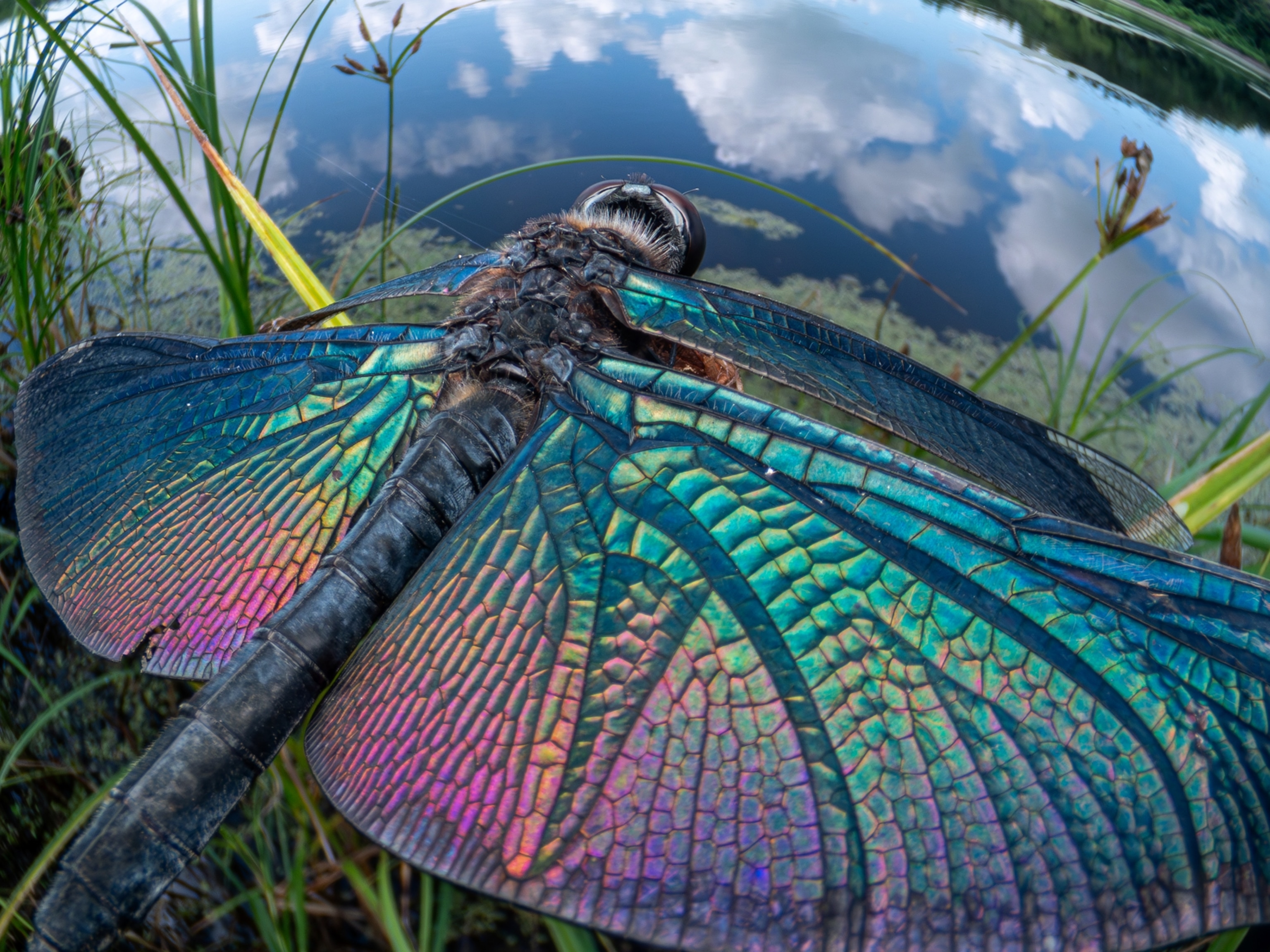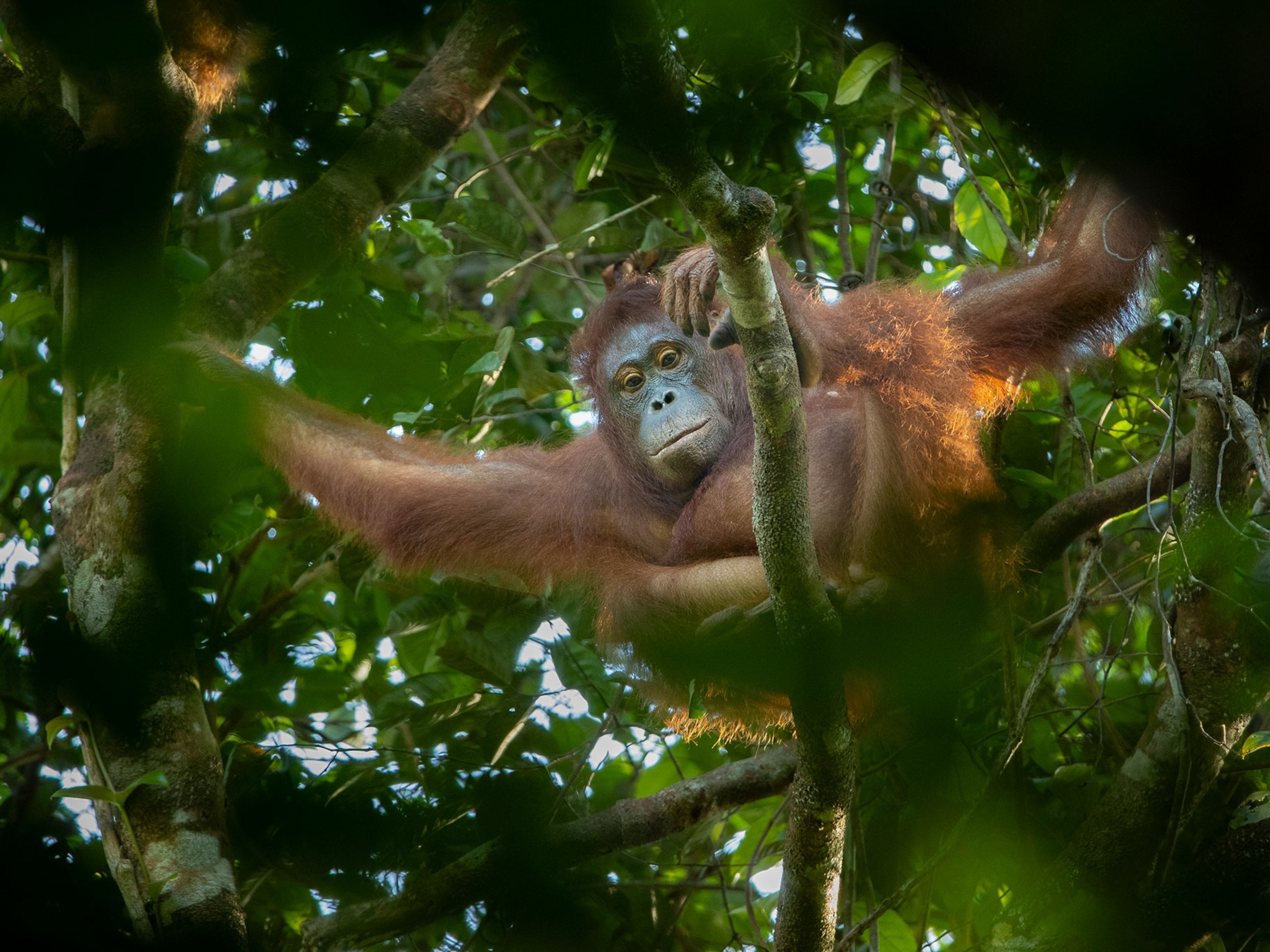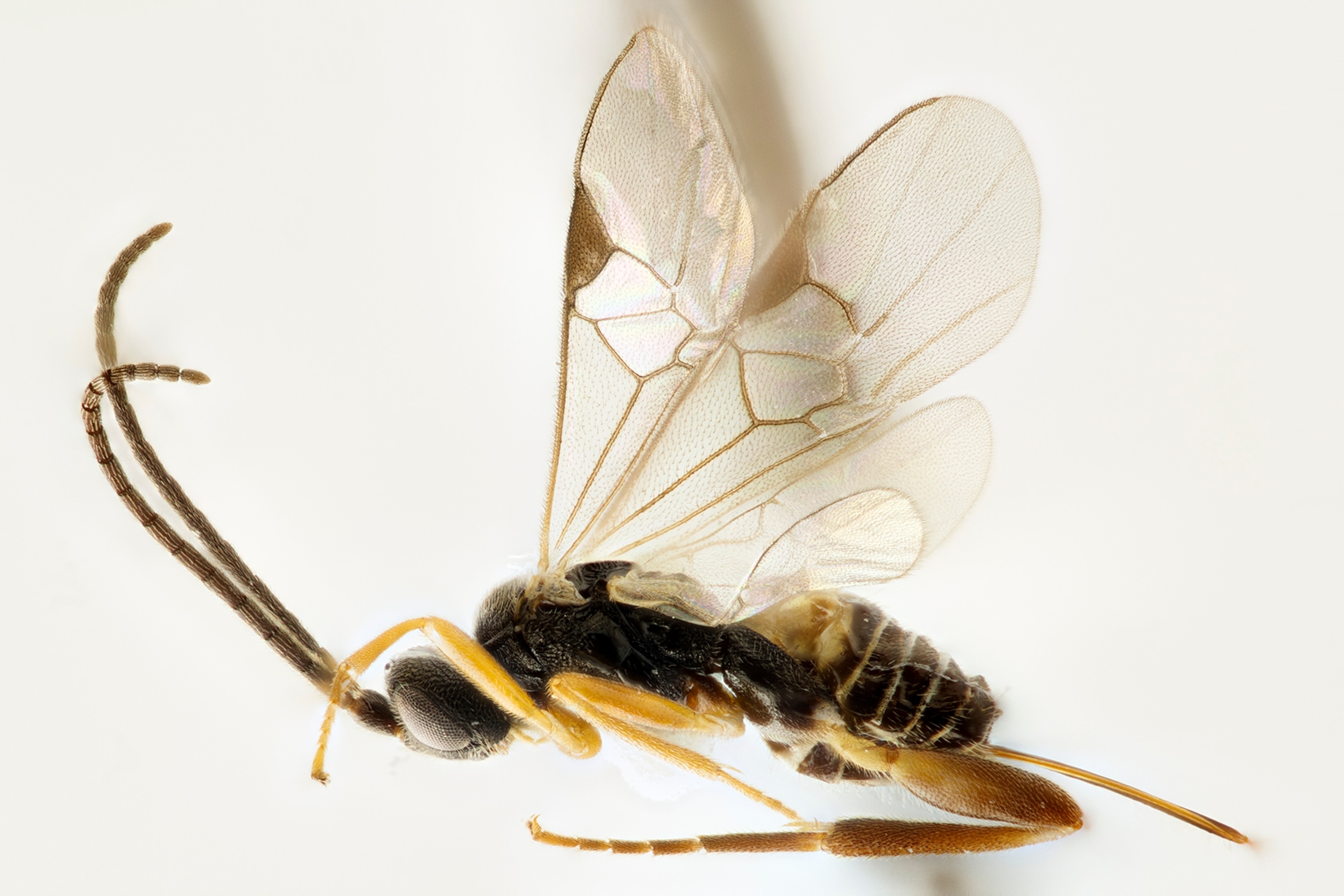
Nearly 200 New Species of Parasitic Wasps Discovered in Costa Rica
Researcher explains ecological importance of his latest taxonomy project.
Among the many animals that make their living off of other species, parasitic wasps are especially cunning. They inject other insects' larvae and eggs with their own eggs. When they hatch, the larval wasps gradually eat their victims from the inside out.
Now, with the help of ordinary Costa Ricans, scientists have discovered nearly 200 new species of these tiny killers in the Área de Conservación Guanacaste in the country's northwest corner, with expectations that 20,000 more are waiting to be described.
The research, published last week in the journal ZooKeys, greatly expands the number of species in the genus Apanteles—parasitic wasps that prey on caterpillars.
Some species of parasitic wasps—called parasitoid wasps by scientists—are valued because they target populations of aphids, beetles, and flies harmful to humans and agriculture.

A Thing for Caterpillars
Most Apanteles wasps attack just one caterpillar species, or a few closely related ones, targeting their host by its smell or the smell of the leaf that it eats. (Watch a parasitic wasp inject a caterpillar with eggs.)
Along with her eggs, an Apanteles female injects the host with a virus, unique to her species, that protects her eggs from the host's immune system.
"The wasps use this virus like a form of biological warfare," says José Fernández-Triana, a researcher from the Canadian National Collection of Insects, Arachnids and Nematodes who was involved with the study.
Apanteles are one of the most common genera of parasitic wasps, with more than a thousand known species.
But the discovery of an additional 200 species in just one small corner of Costa Rica demonstrates by how much scientists have previously underestimated the number of species.
Fernández-Triana and Daniel Janzen, a biologist and conservationist from the University of Pennsylvania, hope to identify a thousand more new species in the next five years.
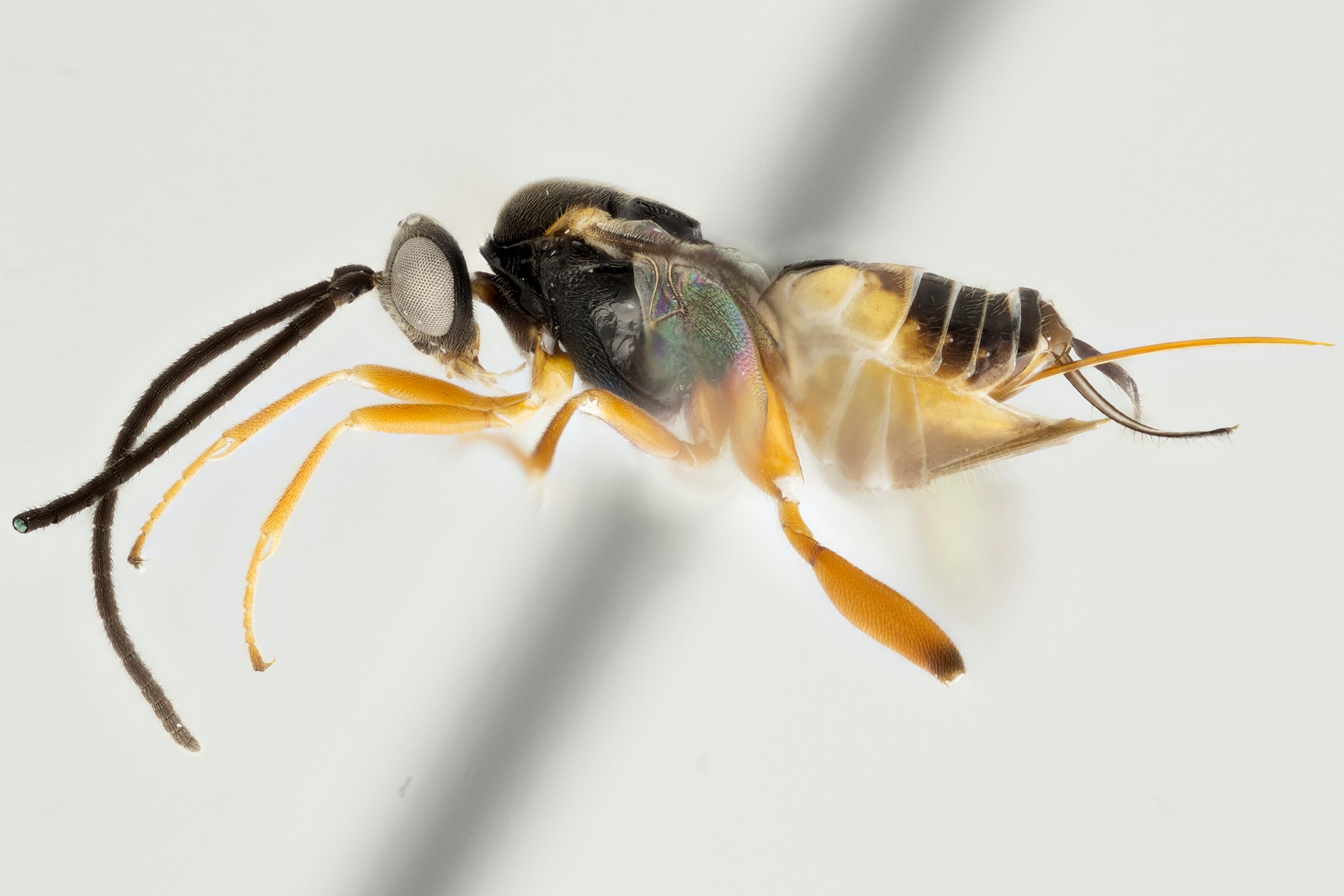
Bar-Coding DNA
In the past, species were distinguished mainly by morphological characteristics. But many Apanteles wasps look almost identical.
New taxonomic approaches, especially DNA bar-coding, rely on molecular information in addition to morphology to distinguish species. Just as reading bar codes in a supermarket identifies particular products, scanning a particular short region of DNA common to all species reveals differences that vary predictably among them.
The DNA bar codes of Apanteles showed that even though many of the specimens looked alike and were collected in close proximity to one another, they were too dissimilar genetically to be mating with each other—the traditional definition of the boundary between two species.
"Using DNA bar codes, we were able to identify the individual species of wasps and see how they are related to each other," says Fernández-Triana.
Teaching Conservation
Fernández-Triana's study was part of a larger effort to take inventory of the caterpillars, plant food, and parasitic wasps in Área de Conservación Guanacaste.
The Costa Rican wildlife reserve is a tropical hotbed of biological diversity, with one of the best preserved dry forests in Central America.
Janzen and Fernández-Triana predict that more than 15,000 species of caterpillars and more than 20,000 species of parasitoid wasps live within the conservation area.
The caterpillars were reared and collected over a period of 36 years under Janzen's direction. After noticing that the wasps were attacking the caterpillars, he started collecting both insects.
In 1989, Janzen began training local Costa Ricans to help collect specimens, hoping to strengthen the bond between locals and the Área de Conservación Guanacaste.
"The [locals] are trained by us through apprenticeships, where they live and work," Janzen explained in an email message.
There are now 34 of these locally trained research assistants. Janzen and his team have collected more than half a million caterpillars and thousands of wasps.
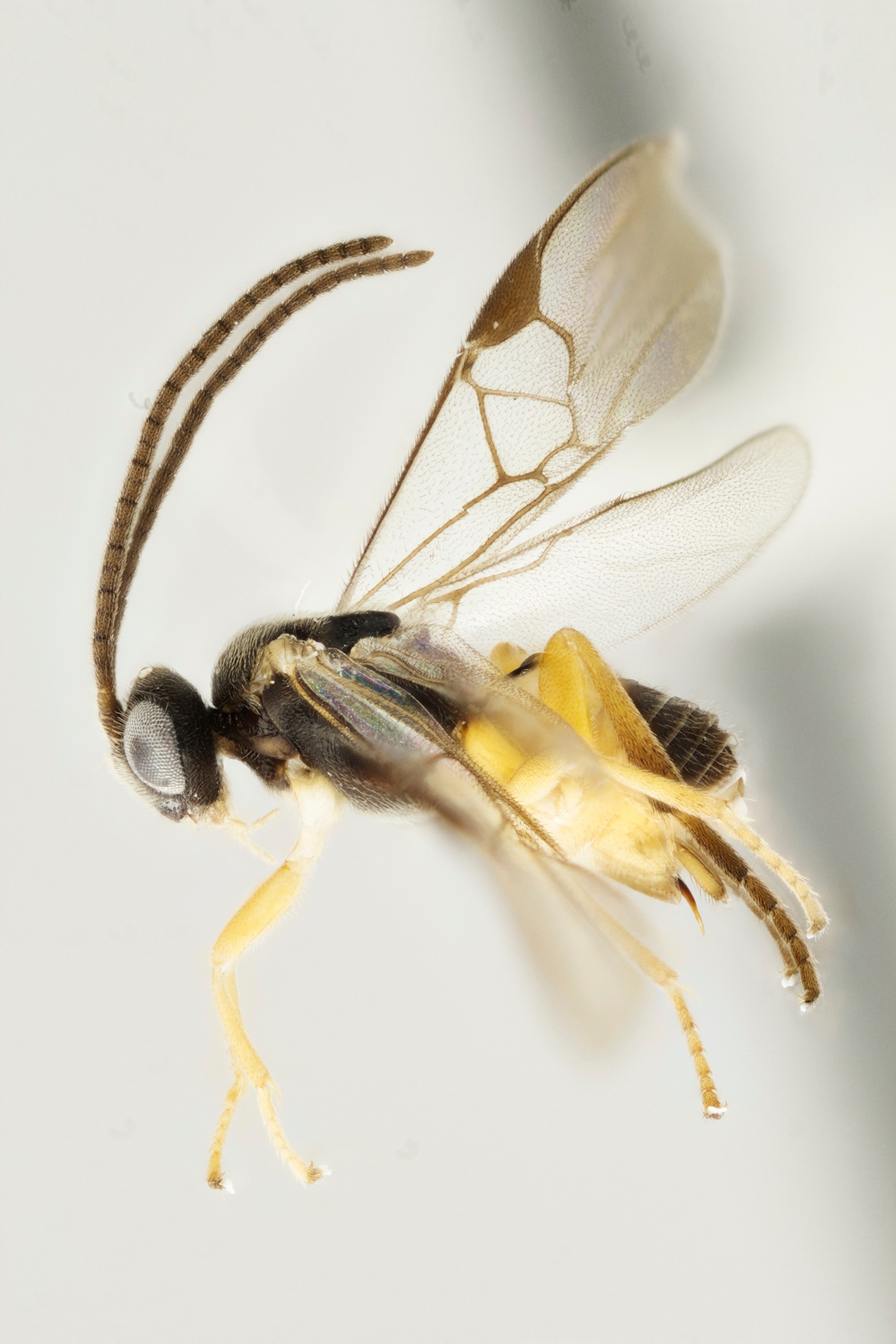
Researchers were able to match the wasps with the caterpillars they attack, the viruses the wasps carry, and the plants the caterpillars eat—providing valuable insight into the wasps' role in the Costa Rican ecosystem.
Fernández-Triana says that how the research was conducted will help protect the wasps and their habitat from being cut down or converted into farmland.
"It's an example to the rest of the world of how to do tropical conservation," says Fernández-Triana. "When the people get involved with the nature and feel like they own it, they take care of it."
The scientists named some of the new wasp species after the local people who collected them, including Apanteles carlosguadamuzi, Apanteles isidrochaconi, and Apanteles leonelgarayi.
Follow Angie McPherson on Twitter.

